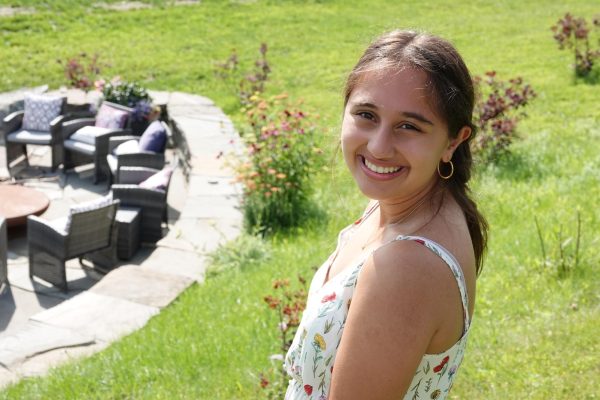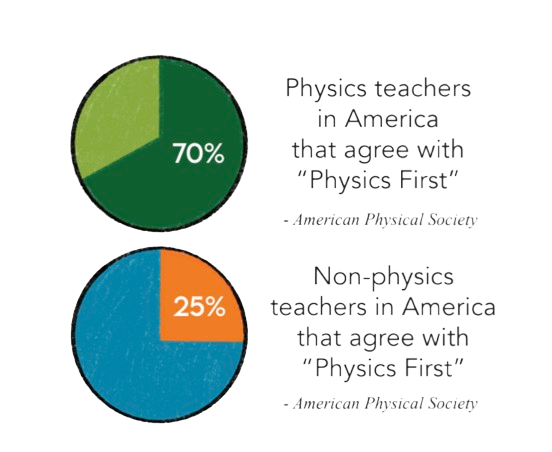Polar Plague: More than Meets the Eye
A “tripledemic” could be the source of sickness in the Schoolhouse.
Photography by Lighthouse Wu ’24
Baldwin students attend school despite being sick.
After a few months of unmasking, you have started to feel like the COVID-19 pandemic has finally retreated back into its dark, dreary shadows.
But then, you walk through the North Door, and hear a chorus of coughs and sniffles. Where is half your math class? Oh, they’re not feeling well.
This situation is all too familiar – in fact, the phenomenon has earned itself a moniker: the “Baldwin Plague,” aka the Polar Plague. It’s become increasingly common to hear of yet another ill-fated case of the Plague from your no-longer-social-distanced friends.
But is it real, or are we just paranoid after months of quarantine? In fact, this never-ending bout of sickness is not a mere figment of our imaginations.
Right now a “tripledemic” is sweeping our nation; a deadly combination of coronavirus, influenza, and RSV (Respiratory Syncytial Virus), a virus that causes inflammation and impaired breathing.
Due to the safety precautions taken in the winters of 2020 and 2021, rates of the flu dropped to an all-time low. Now that masks are off and everyone’s motto is “returning to normalcy,” the flu is back in full force, and people aren’t ready for it.
While the flu impacts both young and old, almost exclusively children have been severely affected by RSV. Dr. Nipunie Rajapakse from Today, a pediatric infectious diseases physician at Mayo Clinic, said young children “have not developed immunity to viruses like RSV yet.”
Like me, you may feel protected by those shots in your arm; I can barely keep track of all the COVID vaccinations I’ve received.
However, while vaccines decrease the risks involved with coronavirus, according to Anika Singanayagam from The BMJ, “[T]he main point of vaccines is not to do with preventing transmission,” but to make the symptoms of the disease less serious if you are infected. And these vaccines promise little protection from the other illnesses flying around.
CNN Health writes that as of December 2022, 80% of the nation’s hospital beds were in use. Only during the Omicron wave in January 2022 were hospitals last filled to that capacity. However, in January, around 25% of beds were occupied by COVID patients. In December, that percentage dropped to 6%, indicating other illnesses were main contributors.
So it seems that the Polar Plague has scientific support after all. With a population eager to rip off their masks and breathe easy again, we must remain wary of repercussions from a continuing pandemic. Although extreme measures such as lunch shields and open windows causing freezing buildings likely won’t return until the next global pandemic in 100 years, I wouldn’t incinerate that stack of masks you’ve accumulated yet. They might just come in handy in the year 3 P.C. (Post COVID).

Avani is the Editor-in-Chief of the Hourglass and has written for the paper since 9th grade. She loves playing tennis, spending time with friends, and...

































